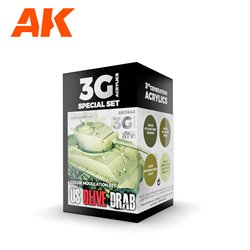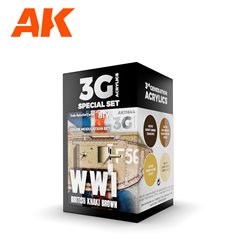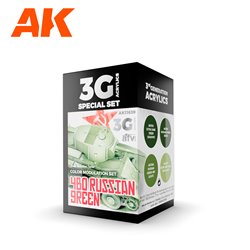There are a number of different options for attaching figures such as a horse and rider to a layout. Perhaps the...
No products
Product successfully added to your shopping cart
There are 0 items in your cart. There is 1 item in your cart.
Search Tips
What is the painting technique called colour modulation?
When it comes to achieving a high level of realism in your scale models, the nuanced application of colour is crucial. One key technique that serious scale modellers employ is known as "colour modulation" - the subtle blending and transition of tones across a surface to mimic the way light interacts with the real-life subject.
On full-size military vehicles, aircraft, and other equipment, the effect of light hitting curved surfaces results in gradual shifts in colour and shading. Flat, uniform applications of paint simply don't capture this realistic appearance. But by carefully layering and blending multiple shades of the same base colour, you can replicate these natural tonal variations.
The process begins by establishing a foundation with your base coat colour. From there, you'll want to mix slightly lighter and darker variants of that colour. Using an airbrush, you can then feather and transition these tones across the contours of your model, creating soft, organic-looking highlights and shadows.
This technique works particularly well on rounded surfaces like turrets, fuselages and hull sides. The gradual shifts in colour help to accentuate the curvature and volume of the form, making it appear more lifelike and three-dimensional. It's an invaluable tool for capturing the appearance of metallic paints, camouflage schemes, and weathered finishes.
Of course, mastering colour modulation takes practice. You'll need to pay close attention to your light sources and how they play across the surfaces. Gradually building up layers with thin, transparent airbrush passes is key, rather than trying to achieve the effect all at once. Blending the tonal transitions seamlessly is also crucial to avoid visible demarcations.
By incorporating colour modulation techniques into your scale model painting process, you can elevate the realism and visual impact of your projects. It's a subtle but powerful way to breathe life into your miniature recreations of real-world military machines and equipment. With a little patience and skill, you'll be amazed at the depth and dimensionality you can achieve.
Click here to receive the tips weekly in your mailbox. You can unsubscribe at any time.










